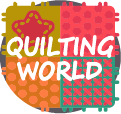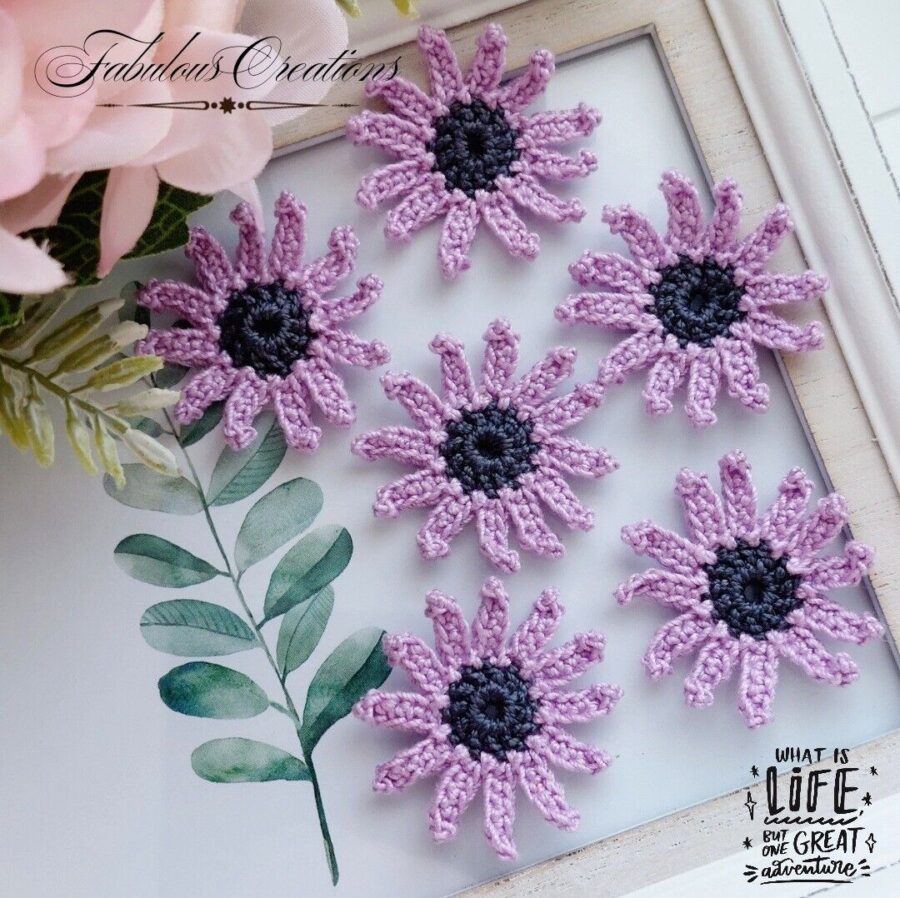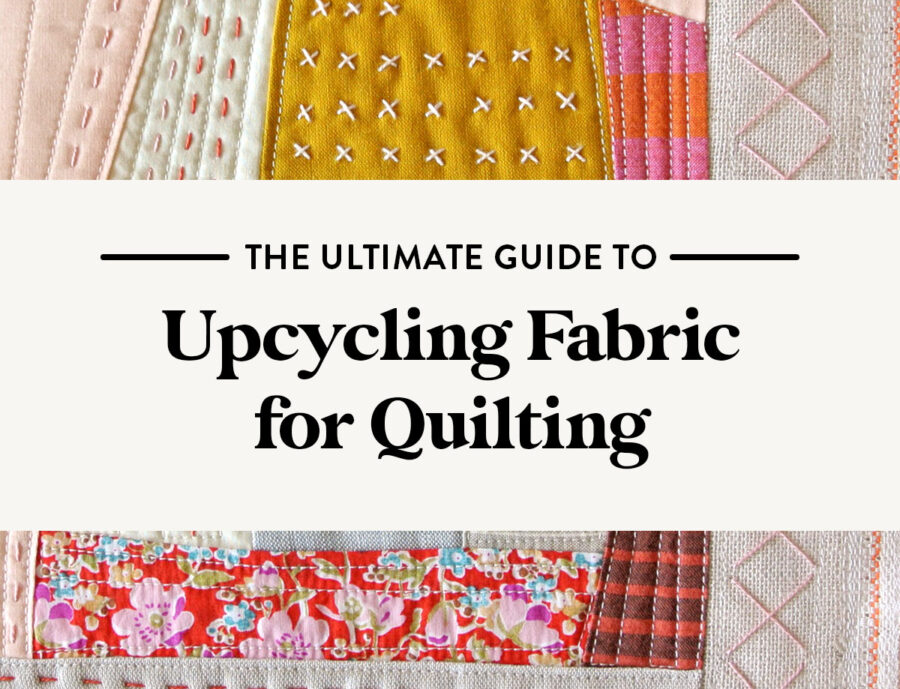Quilting is a wonderful craft that requires patience, skill, and the right materials. When selecting fabric for quilting projects, there are certain guidelines to follow that will ensure the best results. Here are some tips for selecting the right fabric for your quilting projects.
1. Choose a Cotton Fabric – Cotton is the best fabric for quilting projects because it is lightweight, durable, and easy to sew. Cotton also has a nice drape, which is important for quilting. Look for fabrics with a high thread count for the best quality.
2. Consider Color and Pattern – Quilting fabric comes in a wide range of colors and patterns, so you can express your creativity with your quilting projects. Consider the color palette and design of the quilt before selecting the fabric.
3. Check for Pre-washing – Some fabrics are pre-washed to prevent shrinkage and fading. This is important for quilting projects since the fabric will be washed after the quilt is finished. Pre-washed fabrics are usually labeled as such, so look for this information when selecting fabric.
4. Consider the Width of the Fabric – Quilting fabric comes in a variety of widths, from 45” to 108”. Choose a fabric width that is appropriate for the project. For example, if you are making a baby quilt, a 45” width may be sufficient, but if you are making a larger quilt, you may need a wider fabric.
5. Consider the Weave of the Fabric – Quilting fabric can have a variety of weaves, from plain weave to twill. The weave of the fabric affects the drape and texture of the quilt. Consider the type of weave you need for your project before selecting fabric.
6. Buy Extra Fabric – Quilting projects often require more fabric than you might expect, so it is a good idea to buy extra fabric. This will allow you to make adjustments or replace damaged fabric if necessary.
By following these fabric tips for quilting, you can ensure that you select the best fabric for your projects. With the right fabric, you can create beautiful quilts that will last for years.
1. Choose fabrics with a high thread count for best results.
2. Pre-wash all fabric before using it, to avoid shrinkage and discoloration after the quilt is finished.
3. Use a 50/50 blend of cotton and polyester for quilting, as this will provide strength and durability.
4. Use a walking foot for quilting, as it will help keep the fabric from shifting.
5. Choose fabrics with a small print so that the design won’t be overwhelmed by the quilting stitches.
6. Use a special quilting needle when sewing, as it will help minimize skipped stitches and fabric puckers.
7. Use a neutral color thread when quilting to make sure the stitches don’t stand out.
8. Use a layer of batting between the quilt top and backing to add warmth and texture to the quilt.
9. Use a suitable stabilizer when quilting complex and intricate designs.
10. Use a spray basting technique when layering the quilt top, batting, and backing to make sure everything stays in place.
Quilting Tips: How to Prevent Fabric from Bunching
1. Use a walking foot: a walking foot is a special attachment for a sewing machine which helps to keep fabric from bunching up. It works by utilizing two feed mechanisms on the machine, one on top of the fabric and one on the bottom, which move in unison and helps to keep the fabric from shifting or bunching up.
2. Secure fabric with pins: Securing the fabric with pins before beginning to sew can help to keep the fabric from shifting or bunching up. Place pins at corners and along the edges of the fabric to help keep it in place.
3. Increase stitch length: Increasing the stitch length to a longer stitch will help to keep fabric from bunching up. Increasing the stitch length can also help to prevent skipped stitches.
4. Use an iron: Pressing the fabric with an iron can help to keep it from bunching up. Be sure to use a pressing cloth and the correct temperature setting for the fabric being ironed.
5. Reduce the amount of fabric you are working with: Reducing the amount of fabric you are working with can help to keep the fabric from bunching up. Try to work with smaller pieces of fabric, rather than large pieces, when possible.
The Ultimate Guide to Quilting Stitch Lengths
The Ultimate Guide to Quilting Stitch Lengths is a book written by Deborah Fisher and published by C&T Publishing in 2008. The book offers a comprehensive look at how to use stitch length in quilting. It explains the purpose of stitch length and how to adjust it to achieve different effects. It also provides step-by-step instructions for making a variety of quilting stitches, including straight, zigzag, and scallop stitches. In addition, the book provides tips on how to troubleshoot problems related to stitch length and tension. It offers advice on selecting the best needle and thread for specific quilting projects, as well as ideas for creating unique quilting designs.
3 Quilting Techniques Explained – Understand How To Quilt Like a Pro!
1. Piecing: Piecing is the most commonly used quilting technique, and it involves sewing together multiple pieces of fabric to make a quilt top. This technique is used to create intricate designs and shapes, and it is the foundation of most quilt projects.
2. Appliqué: Appliqué is a quilting technique that involves cutting fabric shapes and then stitching them onto a quilt top. This is a great way to add texture and color to a quilt, and it can be used to create intricate patterns.
3. Free Motion Quilting: Free motion quilting is a popular quilting technique that involves stitching with a sewing machine in any direction you want. This technique allows you to create unique quilting designs and is perfect for adding texture and interest to a quilt.
How to Choose the Best Stitch Setting for Quilting
1. Consider the type of fabric you are quilting: Different fabrics require different stitch settings. For example, a tightly woven cotton fabric requires a smaller stitch size than a loosely woven fabric.
2. Consider the type of quilting you are doing: Different types of quilting require different stitch settings. For example, a free-motion quilt requires a shorter stitch length than a straight line quilt.
3. Choose a stitch setting that will not pull or pucker the fabric: If the stitch setting is too tight, it can cause the fabric to pull and pucker.
4. Test the stitch setting on a scrap piece of fabric: Before quilting your quilt, test the stitch setting on a scrap piece of fabric to make sure it is the right setting for your project.
5. Adjust the stitch setting as needed: If the stitch setting is not working, make sure to adjust it accordingly. It may take some trial and error to find the best stitch setting for your project.
This guide on fabric tips for quilting provides a great overview of the different types of fabric and how to make the most of them when quilting. With these tips, you can confidently choose the right fabrics and create beautiful quilts that will last for years to come.
1. When selecting a fabric for quilting, look for a medium-weight cotton fabric with a tight weave to ensure your quilt blocks hold their shape and have a smooth finish.
2. Pre-washing your fabric is essential for quilting to prevent shrinkage and dye bleeding that can occur after the quilt is finished.
3. When piecing your quilt top, use a scant quarter inch seam allowance to ensure your blocks will fit together perfectly.
4. Use a walking or even feed foot on your sewing machine to ensure even, consistent stitching when piecing your quilt blocks.
5. Consider using a fabric marking pen or chalk to mark lines and shapes on your fabric before cutting to ensure accuracy when piecing.
6. When pressing your blocks, set the iron to the appropriate temperature for the fabric type you are using and press from the back of the fabric to avoid distorting the fabric.



